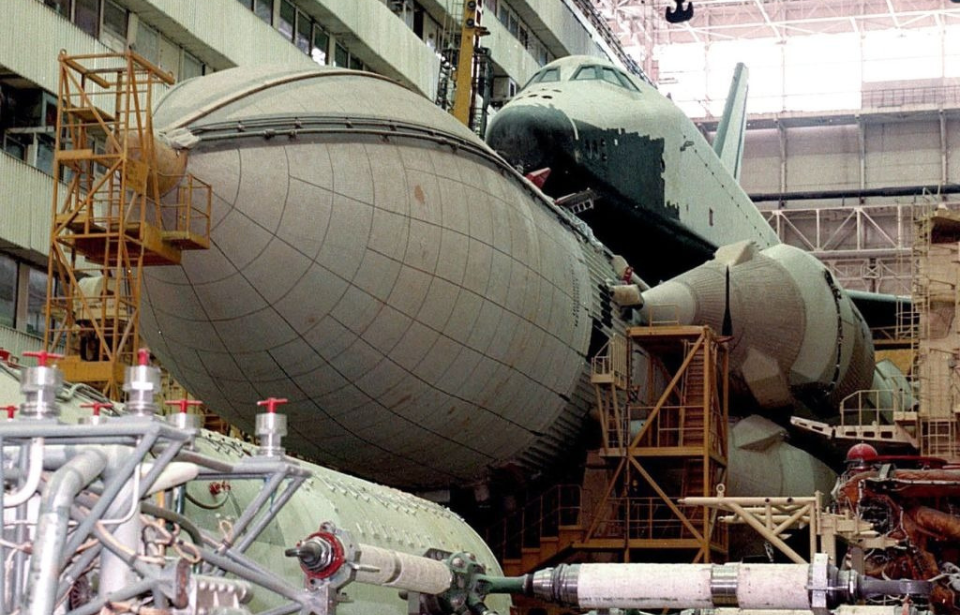The Baikonur Cosmodrome in Kazakhstan is the world’s largest space “hangar.” It’s also among the oldest, at nearly 70 years old. A variety of spacecraft were tested here during the reign of the Soviet Union, including the Energia-Buran system. The Buran space shuttles, carried by Energia launch vehicles, were intended to compete with those developed by the United States, with
Over two decades ago, the assembly and refueling complex at the Baikonur Cosmodrome closed. Interestingly enough, the building still contained two spacecraft.
Baikonur Cosmodrome’s assembly and refueling complex
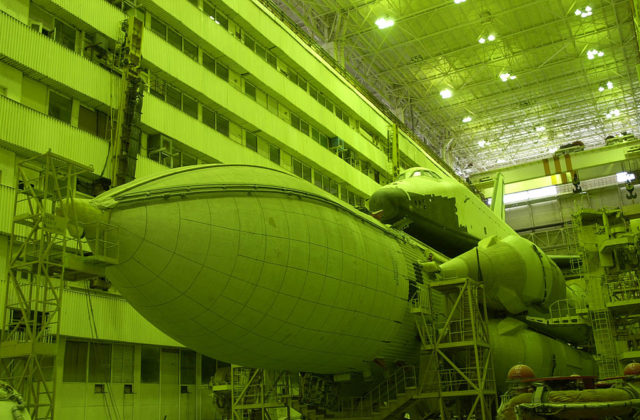
Upon its completion, the Baikonur Cosmodrome’s assembly and refueling complex was one of the largest buildings in the city. It stood at 62 meters high and 132 meters in length, with huge sliding gates at each end. The largest of these stood at 42 meters by 36 meters.
Capable of withstanding explosions
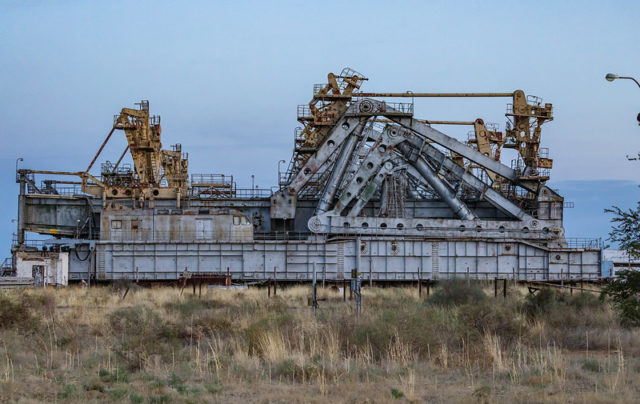
The bearing structures of the assembly and refueling complex are made from a special type of steel, which allows the building to withstand the pressures of a possible explosion caused by spacecraft at the nearest launchpad.
Extensions provided extra storage space
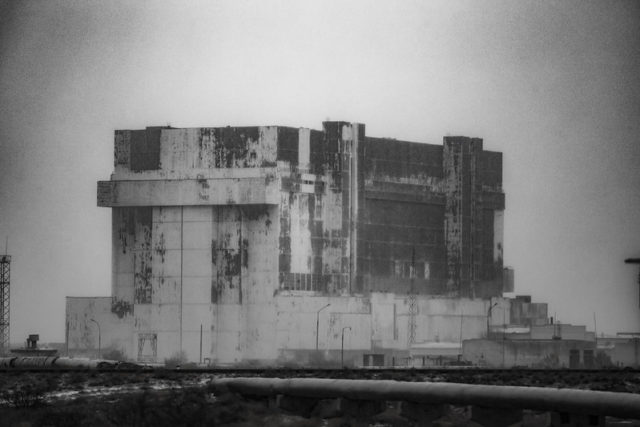
Attached to the sides of the Assembly and Refueling complex are four-storey extensions, which housed a variety of equipment for testing, organizing ventilation and providing power.
Regular maintenance to keep production running
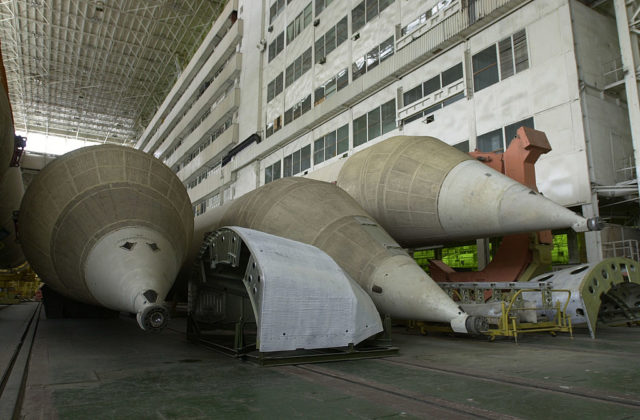
Three transverse beams traveled below the ceiling, each which a lifting capacity of 400 tons. Higher up was a system of walkways, allowing access to the lights above. This ensured regular maintenance could occur, to keep the facility up and running.
Air-tight seal
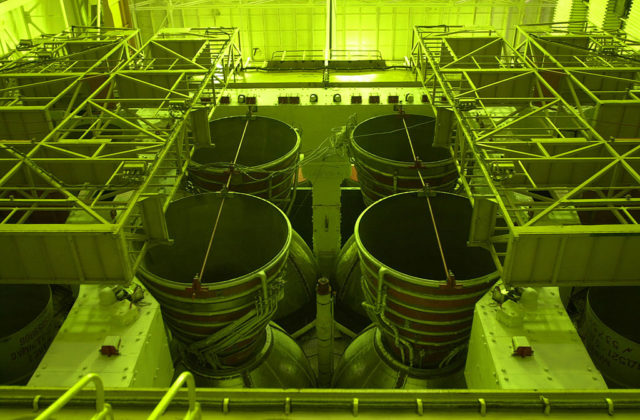
Since the room where work took place wasn’t supposed to contain any dust, a high atmospheric pressure was artificially created within. As such, all doors leading from the hangar to the adjoining corridors were airtight.
Two spacecraft remain within the Baikonur Cosmodrome
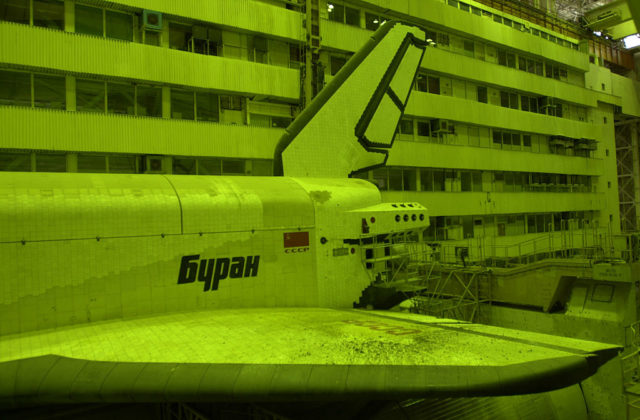
There are currently two spacecraft inside the assembly and refueling complex, one of which is the second flight copy of Storm. The other is a technological layout for testing prelaunch operations, OK-MT.
Despite the latter being a mock-up, inside and out, it looks like a real space shuttle.
The spacecraft are in rather poor shape
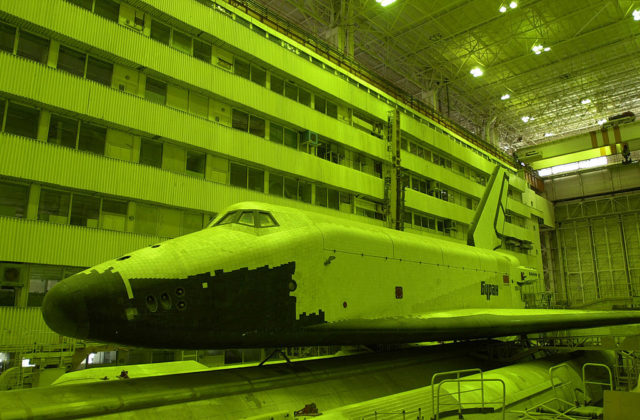
Neither the OK-MT or Storm in the best condition. Given this, they complement each other.
The current state of the space shuttles is pitiable. Some of the thermal protection tiles have fallen off each, and the cockpit glazing has broken. As well, the wings and fuselage are covered in a rich layer of bird droppings that’s accumulated over the years.
Production of Storm ended when it was near-completion
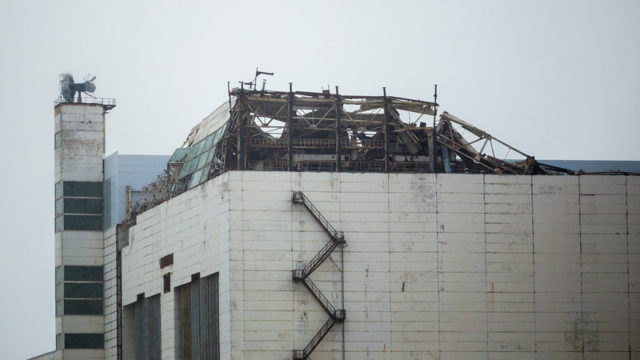
At the time work ceased on Storm, the spacecraft was at 95 percent completion. It differs in a number of ways to the OK-MT. Not only does it feature an individual pattern of heat-shielding tiles, it also features orientation engines in its nose section.
Missing parachutes
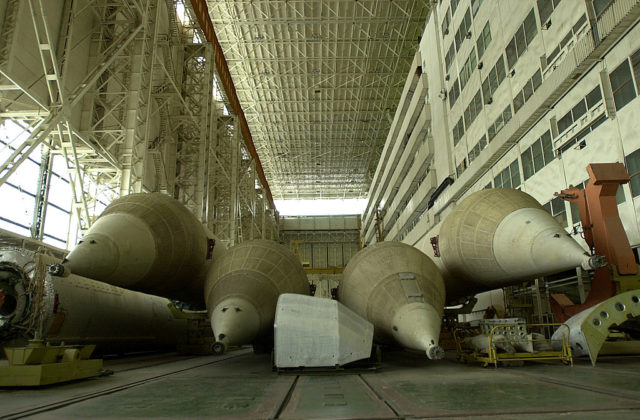
In its tail section, Storm has lost the container with its brake parachutes. Despite this and the aforementioned damage, the spacecraft’s propulsion system looks completely intact.
The OK-MT is damaged, but it slightly better condition
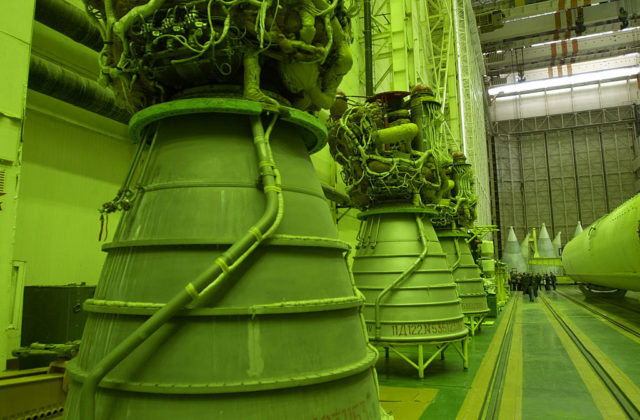
More from us: When Coaldale, Nevada’s Gas Station Closed, The Entire Town Was Abandoned
The OK-MT, in comparison, is in slightly better condition. While covered in bird droppings and missing a few pieces, its tail section is much better preserved, and its frontal glazing appears to be in good shape.
